
THE SEVEN LAST WORDS
FROM THE CROSS
FLEMING RUTLEDGE

The Seven Last Words
from the Cross





Dedicated with gratitude to my beloved sister Betsy McColl, who loves the Three Hours, and who understands the reasons this little book is also dedicated to the memory of Theodore Parker Ferris
Contents
ix
"Father, forgive them, for they know not what they do"
"Verily I say unto thee, today thou shalt be with me in Paradise"
"Woman, behold thy son! ... Behold thy mother!"
"My God, my God, why halt thou forsaken me?"
"1 thirst"
"It is finished"
"Father, into thy hands I commend my spirit"
Author's Note
These meditations on the Seven Last Words of Christ from the Cross are revised and expanded versions of seven meditations delivered for the Good Friday Three Hours in two Episcopal churches: Trinity in Columbus, Georgia, 2002; and Trinity, Copley Square, Boston, 2003. Such opportunities on Good Friday are the high points of a lifetime spent in the pulpit. I am deeply grateful to both these congregations for the incomparable privilege of preaching at these services.
The prayerful singing of hymns, with special attention to the words, is a chief feature of such services. I have attempted to give the reader a sense of this experience by reproducing selected stanzas of certain hymns as devotional reflections on the seven meditations.
The Seven Words, or sayings, from the Cross are given in the traditional King James Version in the chapter headings. In the body of the text the KJV is less frequently used; I have chosen the Revised Standard Version for most quotations.


FIRST MEDITATION

"Father, forgive them,
for they know not
what they do"
Two others also, who were criminals, were led away to be put to death with him. And when they came to the place which is called The Skull, there they crucified him, and the criminals, one on the right and one on the left. And Jesus said, "Father, forgive them; for they know not what they do."LUKE 23:32-34
 or Christians, Good Friday is the crucial day, not only of the year but of world history. The source of the word crucial is significant. It comes from the Latin crux, meaning "cross." Here is Webster's definition of crucial: "Having the nature of a final choice or supreme trial; supremely critical; decisive." That conveys something of the unique character of this day. The early Christian apostles proclaimed the Cross and Resurrection of Jesus Christ to be the decisive turning point for all the ages of the created universe (Col. 1:15-20; Heb. 1:1-4). On this day we set aside our other concerns to meditate upon what this astonishing claim might mean.
or Christians, Good Friday is the crucial day, not only of the year but of world history. The source of the word crucial is significant. It comes from the Latin crux, meaning "cross." Here is Webster's definition of crucial: "Having the nature of a final choice or supreme trial; supremely critical; decisive." That conveys something of the unique character of this day. The early Christian apostles proclaimed the Cross and Resurrection of Jesus Christ to be the decisive turning point for all the ages of the created universe (Col. 1:15-20; Heb. 1:1-4). On this day we set aside our other concerns to meditate upon what this astonishing claim might mean.
The four New Testament Gospels record seven "words," or sayings, from the crucified Jesus of Nazareth. It has long been customary on Good Friday to preach seven meditations on the Seven Words. In the traditional order, the first saying is from the Gospel of Luke: "Father, forgive them, for they know not what they do." In order to enter into this saying, we need to reflect on what is being forgiven.
Good Friday is an unrelenting day. It is unrelenting like the regimes of Pol Pot, Idi Amin, Saddam Hussein, and many, many others who throughout human history have mercilessly put people to death by torture. We in twenty-first-century America are shocked and horrified to hear of the terrible things that were done to people in the dungeons of men like Saddam. We can scarcely imagine these things, living as we do in a country where inhuman behavior is against the law.
In Jesus' time, crucifixion was not against the law. It was carried out by the law. It was an exceptionally gruesome method of torturing a person to death, carried out by the government not in secret dungeons but in public. Not even the celebrated film by Mel Gibson, The Passion of the Christ, can convey the full ghastliness of crucifixion to a modern audience. We don't understand it because we have never seen anything like it in the flesh. The situation was very different in New Testament times. Everybody had seen crucified men along the roadsides of the Roman Empire. Everyone knew what it looked like, smelled like, sounded like - the horrific sight of completely naked men in agony, the smell and sight of their bodily functions taking place in full view of all, the sounds of their groans and labored breathing going on for hours and, in some cases, for days. Perhaps worst of all is the fact that no one cared. All of this took place in public, and no one cared. That is why, from the early Christian era, a verse from the book of Lamentations was attached to the Good Friday scene: "Is it nothing to you, all you who pass by?" (1:12).
For Jews and Gentiles alike in those days, a crucified person was as low and despised as it was possible to be. Crucifixion sent an unmistakable signal: this person that you see before you is not fit to live, not even human (as the Romans put it, such a person was damnatio ad bestial, meaning "condemned to the death of a beast" - although in our society it would be considered unacceptable to kill even an animal in such a way). There was nothing religious, nothing uplifting or inspiring about a crucifixion. On the contrary, it was deliberately intended to be obscene, in the original sense of that word; the Oxford English Dictionary suggests "disgusting, repulsive, filthy, foul, abominable, loathsome." It is therefore of the utmost importance to note that in an era when crucifixion was still going on and was widely practiced throughout the Roman Empire, Christians were proclaiming a degraded, condemned, crucified person as the Son of God and Savior of the world. By any ordinary standard, and especially by religious standards, this was simply unthinkable. Here is one of the most powerful arguments for the truth of the Christian faith: the human religious imagination could not have arrived at a notion so utterly foreign to generally accepted spiritual ideas as that of a crucified Messiah.
We are so accustomed to seeing crosses, wearing them on chains, carrying them in processions, and so forth, that it is almost impossible to grasp their original horror. We are accustomed to thinking of the Cross merely as a "religious symbol," like the Star of David or the yin-yang. Yet at the most fundamental level - this can't be emphasized strongly enough - the Cross is in no way "religious." This is very hard for us to understand today. Over time, we have developed ways of romanticizing violent death so as to make it seem spiritual and inspiring. Cruel methods of execution such as burning at the stake have been sanctified over the generations so that they appear "religious"; Joan of Arc, for example, is depicted in the flames with her eyes uplifted in holy awe. The typical "religious" Easter card shows the Cross in a soft, flattering light, surrounded by lilies; you would never know that it was originally an instrument of extreme brutality. We need to make a conscious effort to understand that the Cross in reality is, by a very long way, the most irreligious, unspiritual object ever to find its way into the heart of faith. This fact is a powerful testimony to the unique significance of the death of Christ.
Next page



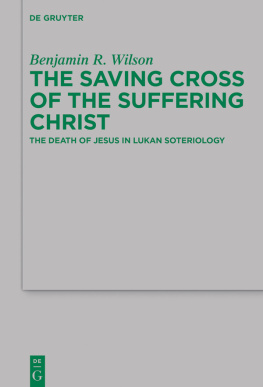


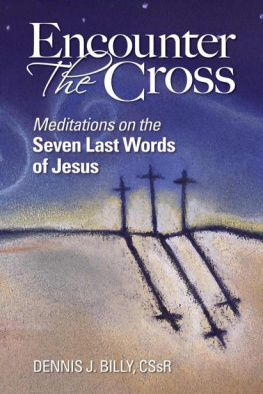
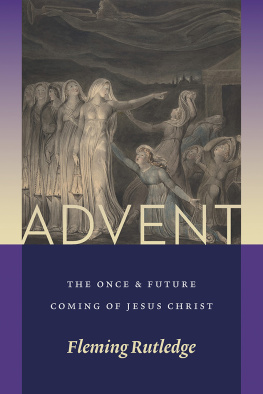
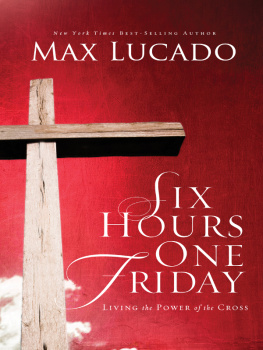
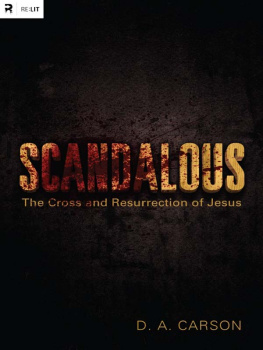










 or Christians, Good Friday is the crucial day, not only of the year but of world history. The source of the word crucial is significant. It comes from the Latin crux, meaning "cross." Here is Webster's definition of crucial: "Having the nature of a final choice or supreme trial; supremely critical; decisive." That conveys something of the unique character of this day. The early Christian apostles proclaimed the Cross and Resurrection of Jesus Christ to be the decisive turning point for all the ages of the created universe (Col. 1:15-20; Heb. 1:1-4). On this day we set aside our other concerns to meditate upon what this astonishing claim might mean.
or Christians, Good Friday is the crucial day, not only of the year but of world history. The source of the word crucial is significant. It comes from the Latin crux, meaning "cross." Here is Webster's definition of crucial: "Having the nature of a final choice or supreme trial; supremely critical; decisive." That conveys something of the unique character of this day. The early Christian apostles proclaimed the Cross and Resurrection of Jesus Christ to be the decisive turning point for all the ages of the created universe (Col. 1:15-20; Heb. 1:1-4). On this day we set aside our other concerns to meditate upon what this astonishing claim might mean.